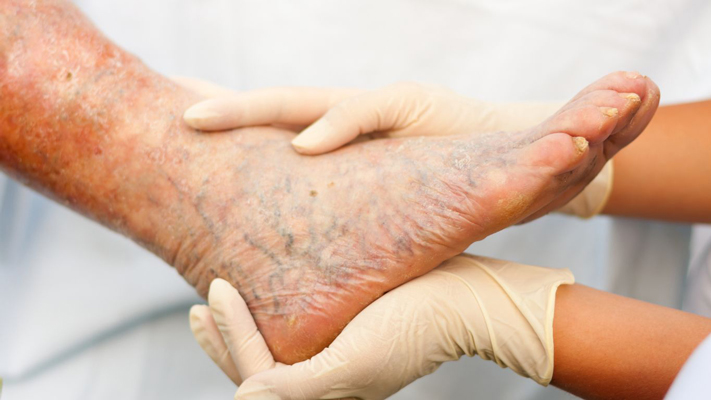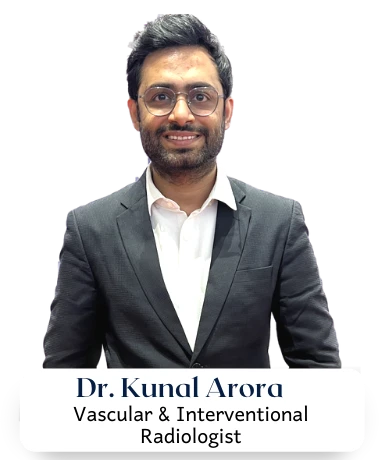Varicose Veins Treatment in Mumbai
What are varicose veins?
Varicose Veins are swollen and enlarged veins under the surface of the skin. They may be blue or dark purple, and are often lumpy, bulging or twisted in appearance.
Varicose veins most commonly affect the veins in the legs and feet, because standing and walking increases the pressure in the veins of the lower body. Varicose veins are basically the surface symptoms of a deeper, underlying vein disease known as chronic venous insufficiency.
What are the symptoms of varicose veins?
- Large veins that you can see on your skin.
- Swelling of your ankles and feet.
- Painful, achy, or “heavy” legs.
- Throbbing or cramping in your legs.
- Itchy legs, especially on the lower leg and ankle. This is sometimes incorrectly diagnosed as dry skin.
- Discoloured skin in the area around the varicose vein.
- Blackening of skin, skin hardening and skin ulceration along the ankle and lower leg in severe cases.
Consult us if you have any of these signs and symptoms. For an appointment call on 90040 93090.
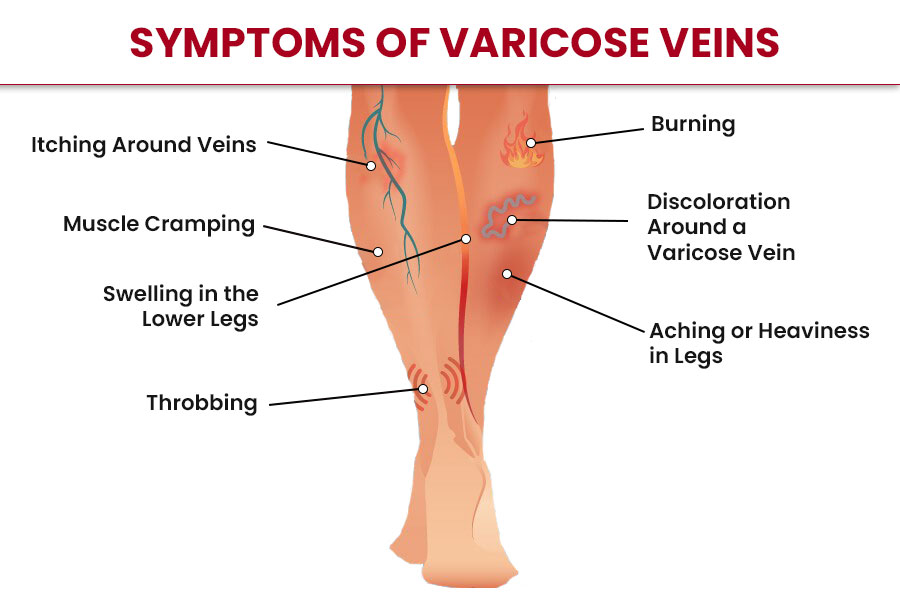
What are the causes of varicose veins?
Weak or damaged valves can lead to varicose veins. Arteries carry blood from the heart to the rest of the body. Veins return blood from the rest of the body to the heart. To return blood to the heart, the veins in the legs must work against gravity.
Muscle contractions in the lower legs act as pumps, and elastic vein walls help blood return to the heart. Tiny valves in the veins open as blood flows toward the heart, then close to stop blood from flowing backward. If these valves are weak or damaged, blood can flow backward and pool in the veins, causing the veins to stretch or twist.

What are the risk factors for varicose veins?
A number of factors may increase your risk for varicose veins, including family history, age, gender, pregnancy, overweight or obesity, and lack of movement.
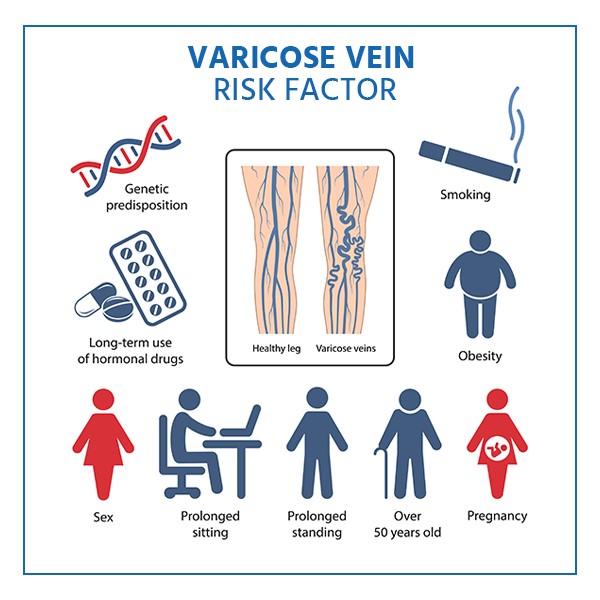
What are the stages of varicose veins?
- Stage One
Spider Veins Small, reddish-purple reticular veins appear on the legs, ankles, neck, face, and other areas. They are not necessarily related to varicose veins, but are caused by the same underlying CVI (Chronic venous insufficiency in stages). They are more common in women than in men.
- Stage Two
Varicose Veins: This is the stage at which people often first become aware that they have a vein disease. The swollen veins may be accompanied by itching, burning, or numbness along the veins themselves, and by tired, weak, or achy legs. This is the best stage at which to treat them.
- Stage Three
Edema (swelling): but without skin changes. In this stage, swelling of the legs and ankles increases because CVI has impaired the circulatory system’s ability to reabsorb fluid. Elevation of the limbs may help, but will not cure the disease or reduce the swelling much.
- Stage Four
Skin changes and discolouration: As the disease progresses, venous congestion and poor circulation can lead to changes in skin colour and texture. The skin on your legs can become reddish-brown or white in colour, and take on a more leathery texture that leaves it brittle and prone to injury.
- Stage Five
Skin changes with healed ulceration. In this stage, scratches or injuries to the toughened skin may heal with treatment, often leaving scars.
- Stage Six
Skin changes with active ulceration. In this final stage of CVI, injuries to the skin and leg ulcers refuse to heal even with treatment, and can leave your legs literally covered with bleeding, open sores.

How do you diagnose varicose veins?
Physical Exam
To check for varicose veins in your legs, your doctor will look at your legs while you’re standing or sitting with your legs dangling.
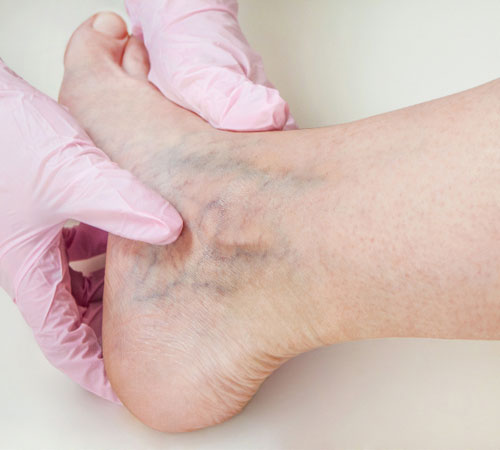
Diagnostic Tests and Procedures
Doppler Ultrasound
Your doctor may recommend a Doppler ultrasound to check blood flow in your veins and to look for blood clots. A Doppler ultrasound uses sound waves to create pictures of structures in your body.
During this test, a handheld device will be placed on your body and passed back and forth over the affected area. A computer will convert the sound waves into a picture of the blood flow in your arteries and veins.
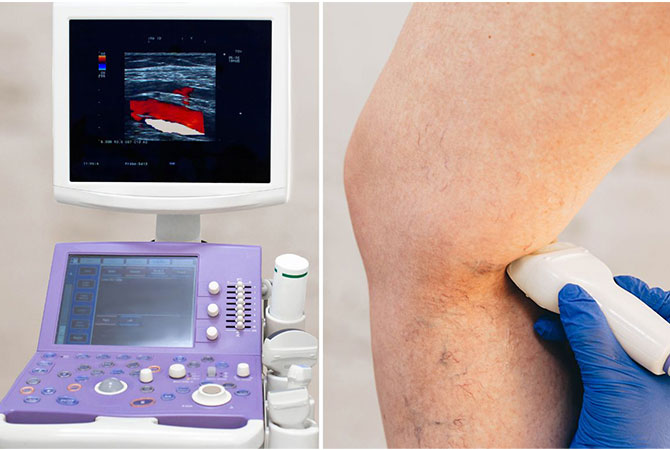
Venogram
Although rare, your doctor may order an angiogram to get a more detailed look at the blood flow through your blood vessels. For this procedure, dye is injected into your veins. The dye outlines your veins on X-ray images.
A Venogram can help your doctor confirm whether you have varicose veins or another problem
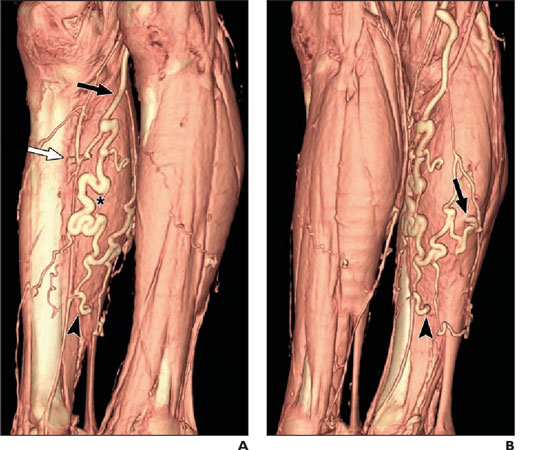
How are Varicose veins treated by an Interventional radiologist?
The treatment for varicose veins may vary depending on individual patient factors and the specific characteristics of the veins involved. It is important to consult an Interventional Radiologist for an accurate diagnosis and personalized treatment plan. The following factors are typically considered when determining the specific treatment for varicose veins:
- Age: Age can influence the choice of treatment options and the overall management plan for varicose veins.
- Overall health and medical history: Your general health condition and medical history will be assessed to identify any underlying risk factors or medical conditions that may impact the treatment approach.
- Severity of symptoms: The severity of symptoms associated with varicose veins, such as pain, swelling, or ulceration, will be taken into consideration when determining the appropriate treatment.
- Location of the veins: The specific location of the varicose veins, whether they are superficial or deep, will influence the choice of treatment options.
- Tolerance to medications, procedures, or therapies: Your ability to handle specific medications, procedures, or therapies will be taken into account to ensure the chosen treatment is safe and suitable for you.
- Expected duration of the condition: The expected duration of varicose veins, along with any anticipated progression or complications, will be considered when deciding on treatment approaches.
- Patient opinion or preference: Your opinion and preferences regarding treatment options will be taken into consideration when formulating the treatment plan.
The primary goals of varicose vein treatment are to alleviate symptoms, prevent complications, and improve the appearance of the affected veins. Treatment options for varicose veins include:
Lifestyle modifications: Making certain lifestyle changes can help manage symptoms and slow down the progression of varicose veins. These changes may include regular exercise, weight management, leg elevation, wearing compression stockings, and avoiding prolonged periods of standing or sitting.
Sclerotherapy: This minimally invasive procedure involves injecting a solution into the affected veins, causing them to collapse and fade away over time. Sclerotherapy is commonly used for smaller varicose veins and spider veins.
Endovenous thermal ablation (laser ablation): This procedure utilizes laser energy to heat and close off the affected vein, redirecting blood flow to healthier veins. It is often used for larger varicose veins and has a high success rate.
Endovenous adhesive techniques (endovascular glue): A newer treatment option where a medical adhesive (glue) is injected into the affected vein, causing it to seal shut. Over time, the body absorbs the closed vein.
Ambulatory phlebectomy: A surgical procedure in which small incisions are made to remove the affected veins. This is typically done under local anesthesia and is suitable for larger varicose veins close to the skin’s surface.
Vein ligation and stripping: A surgical procedure where the affected vein is tied off and removed through small incisions. This is usually reserved for more severe cases of varicose veins.
Laser therapy: This involves the use of laser energy to close off smaller varicose veins and spider veins. It is often used in combination with other treatments.
Foam sclerotherapy: A specialized form of sclerotherapy where a foam solution is injected into the affected veins, increasing its effectiveness for larger varicose veins.
Microphlebectomy: A minimally invasive procedure that involves the removal of varicose veins through tiny incisions using specialized hooks or instruments.
Combination therapy: In some cases, a combination of treatments may be recommended to effectively treat varicose veins, especially if there are multiple affected veins or complex underlying issues.
How to prevent varicose veins?
- Stay physically active with regular exercise.
- Maintain a healthy weight to reduce strain on the veins.
- Elevate your legs above heart level to improve blood flow.
- Avoid prolonged periods of sitting or standing.
- Wear compression stockings for improved circulation.
- Follow a healthy diet rich in high-fiber foods.
- Avoid tight clothing that restricts blood flow.
- Choose comfortable shoes with low heels.
- Avoid crossing your legs while sitting.
- Stay hydrated by drinking an adequate amount of water.
Here’s what you can do to minimize your risk:
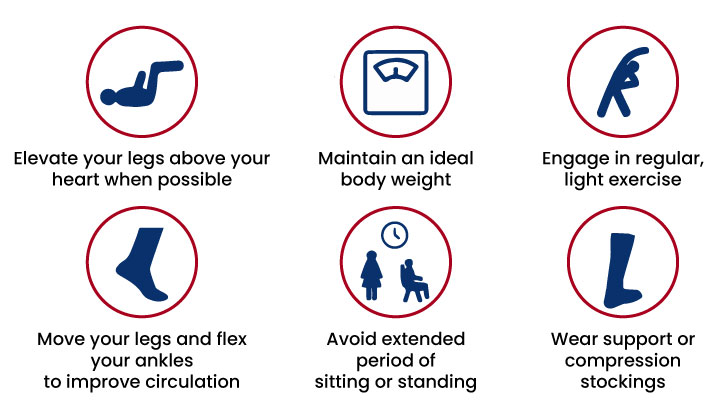
Meet Our Interventional Radiologist
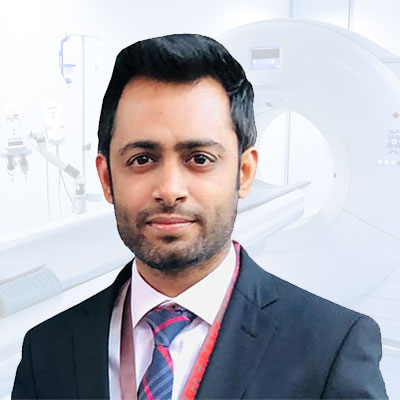
Dr. Kunal Arora
Dr. Kunal Arora is a Vascular and Interventional Radiologist with over 5 years of experience in this field. Practicing at Endovascular Care Center in Mumbai, He specializes in treating various diseases in a minimally invasive way without the need for surgery.
His areas of interest include the management of Varicose Veins Treatment in Mumbai, DVT, peripheral arterial disease, embolization, oncologic intervention, hepatobiliary interventions, and dialysis AV fistula salvage.

